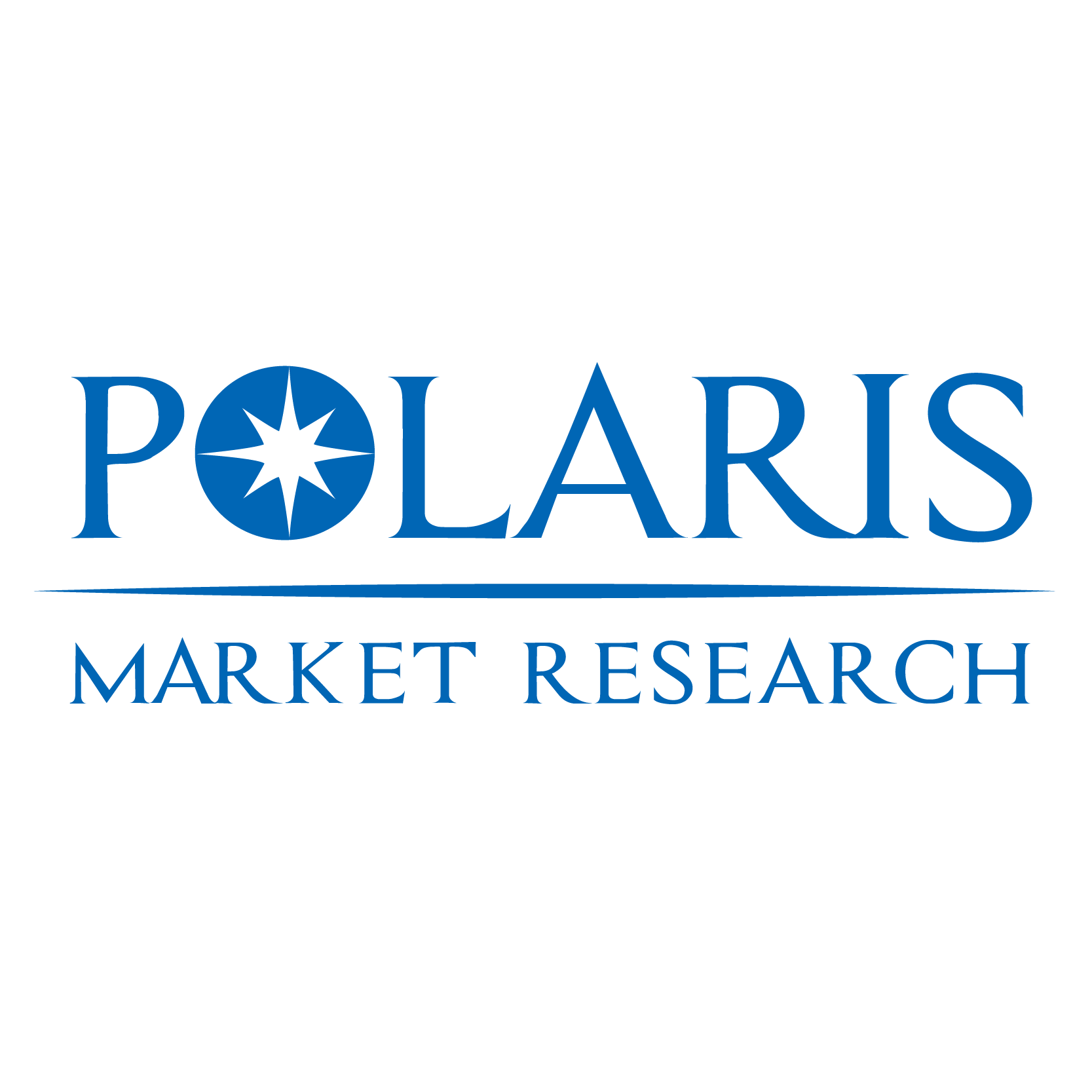Market Overview:
The global crosslinking agents market was valued at USD 8.66 billion in 2023 and is projected to grow at a compound annual growth rate (CAGR) of 6.3% during the forecast period. Crosslinking agents play a vital role in enhancing the performance, durability, and chemical resistance of coatings, adhesives, elastomers, and other polymer-based materials by creating chemical bonds between polymer chains. Their broad utility across automotive, construction, packaging, and industrial manufacturing sectors is expected to drive consistent market growth.
Key Market Drivers:
-
Growth in End-Use Industries:
The expansion of key end-use industries, particularly automotive, construction, and packaging, is propelling demand for crosslinking agents. These industries require high-performance materials with enhanced mechanical strength, thermal stability, and environmental resistance. -
Increased Use in Coatings and Adhesives:
Crosslinking agents are extensively used in powder coatings, waterborne coatings, and UV-curable coatings, driven by the shift toward more sustainable and high-performance solutions in industrial and architectural applications. -
Rising Demand for High-Performance Polymers:
Crosslinked polymers are essential in various high-performance applications such as electronics, aerospace components, medical devices, and sports equipment, where mechanical integrity and chemical resistance are critical. -
Shift Toward Eco-Friendly and Low-VOC Formulations:
Stricter environmental regulations are pushing manufacturers to adopt low-VOC (volatile organic compound) formulations. Waterborne and high-solids coatings that use crosslinking agents provide a solution for compliance without sacrificing performance.
Market Restraints:
-
Health and Environmental Concerns:
Some crosslinking agents, particularly isocyanates and formaldehyde-based agents, raise concerns over toxicity and environmental impact, leading to regulatory scrutiny and usage restrictions. -
Volatility in Raw Material Prices:
Fluctuations in the prices of petroleum-based raw materials impact production costs and pricing dynamics within the crosslinking agents market. -
Technical Challenges with New Formulations:
Developing high-performance, low-toxicity crosslinkers for use in sustainable formulations requires significant R&D investment and poses technical complexity.
Leading Market Players:
The global crosslinking agents market is characterized by the presence of several large-scale chemical and specialty materials companies. Key players include:
-
Aditya Birla Corporation
-
Allnex Group
-
Angus Chemical Company
-
BASF
-
Covestro
-
DSM Coatings Resins
-
Evonik Industries
-
Hexion
-
Huntsman Corporation
-
Ineos
-
Lord Corporation
-
The Dow Chemical Company
-
Wanhua Chemicals Group
These companies are focusing on developing innovative, sustainable crosslinking technologies and expanding their presence across emerging markets.
Market Segmentation:
-
By Type:
-
Amino Crosslinking Agents
-
Epoxy Crosslinking Agents
-
Isocyanate Crosslinking Agents
-
Aziridine Crosslinking Agents
-
Carbodiimide Crosslinking Agents
-
Others
-
-
By Application:
-
Coatings & Paints
-
Adhesives & Sealants
-
Rubber & Plastics
-
Inks
-
Others
-
-
By End-Use Industry:
-
Automotive
-
Construction
-
Packaging
-
Textiles
-
Electronics
-
Healthcare
-
Industrial Manufacturing
-
Regional Insights:
-
Asia-Pacific:
This region is expected to lead the market in both value and volume due to the rapid industrialization and strong presence of automotive and manufacturing sectors in China, India, Japan, and South Korea. -
North America:
The U.S. is a major consumer of advanced materials for aerospace, electronics, and automotive applications. Regulatory pressure has led to innovations in eco-friendly crosslinkers. -
Europe:
Europe remains a strong market driven by demand for high-performance coatings and adhesives. Strict environmental regulations are accelerating the adoption of green chemistry solutions. -
Latin America and Middle East & Africa:
Gradual growth is anticipated in these regions due to increased investment in infrastructure and industrial development.
Recent Trends and Opportunities:
-
Bio-Based and Non-Toxic Alternatives:
There is rising interest in bio-based crosslinking agents derived from renewable resources such as vegetable oils and sugar derivatives, aligning with the push for sustainable chemicals. -
Smart Crosslinking Technologies:
Innovations such as temperature-responsive and self-healing crosslinked materials are creating new opportunities in medical devices, aerospace, and electronics. -
3D Printing and Additive Manufacturing:
Crosslinking agents are becoming crucial in the formulation of 3D printing resins, especially in applications requiring durable, flexible, and chemically resistant parts. -
Hybrid Systems:
The combination of different crosslinking chemistries (e.g., epoxy-isocyanate hybrids) is enabling enhanced performance across a broader range of environmental conditions.
Challenges:
-
Regulatory Compliance:
Companies are increasingly investing in R&D and reformulation to comply with REACH and other global chemical safety standards. -
Formulation Compatibility:
Ensuring compatibility with a wide range of polymers, solvents, and pigments remains a technical barrier, especially in customized applications. -
Market Fragmentation:
Intense competition and a fragmented market structure make it difficult for smaller players to establish strong brand identity and distribution networks.
Conclusion:
The crosslinking agents market is on a steady growth trajectory, fueled by its indispensability in improving material performance across a wide range of industrial and consumer applications. As industries shift toward eco-friendly, durable, and high-performance materials, crosslinking agents will play a central role in enabling this transformation. Companies that prioritize green innovation, regulatory compliance, and application-specific R&D are likely to dominate the market in the coming years.
Top 20 Nitrile Butadiene Rubber Manufacturing Companies in 2025
Medical Flexible Packaging Market
Injection Molded Plastic Market
U.S. Steel Merchant and Rebar Market
Electronics & Consumer Goods Plastics Market
Packaging Printing Inks Market
Advanced Energy Storage Systems Market
Aluminum Composite Panel Market
Antimicrobial Packaging Market
Injection Molded Plastic Market
Personal Protective Equipment (PPE) Market









